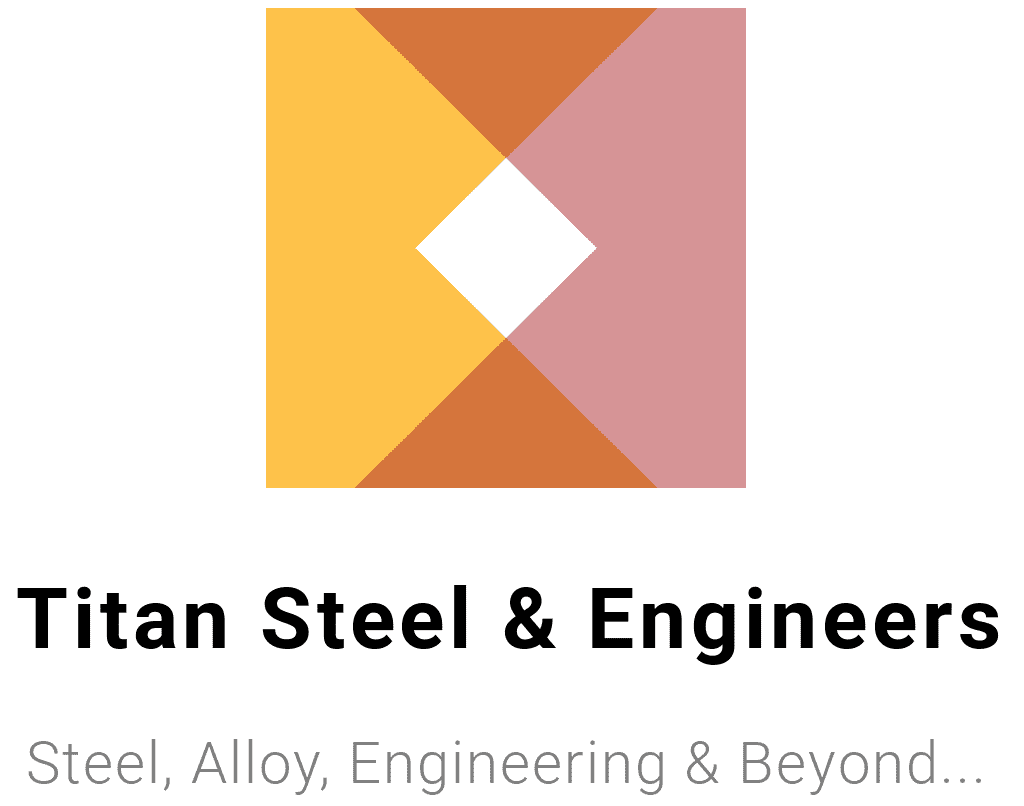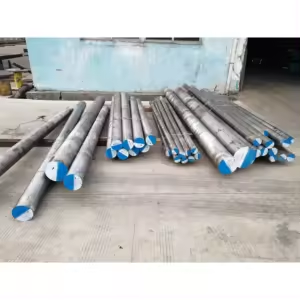Understanding EN19 Hardness and Its Applications
EN19 steel is a high-tensile alloy known for its remarkable strength and versatility. Its ability to exhibit different hardness levels makes it a favorite material among engineers, material scientists, and manufacturers. But what exactly makes EN19 stand out? How is its hardness measured and controlled? And why does it matter for specific applications? en19 hardness.
This post dives into the world of EN19 steel, exploring its composition, hardness testing methods, practical applications, and techniques to control its hardness efficiently.
What Is EN19 Steel?
EN19 is a chromium-molybdenum alloy steel designed for high tensile strength, wear resistance, and excellent toughness. Its unique properties make it widely used in applications ranging from automotive components to heavy machinery.
Composition of EN19
The composition of EN19 significantly contributes to its properties, including hardness. The key elements include:
- Carbon (C): 0.36-0.44% for strength and hardness.
- Chromium (Cr): 0.90-1.20% for corrosion resistance and wear resistance.
- Molybdenum (Mo): 0.20-0.35% for temperature stability and toughness.
- Silicon (Si): 0.10-0.35% to improve durability and strength.
- Manganese (Mn): 0.70-1.00% for better toughness and hardenability.
Key Properties of EN19 Steel
- High Tensile Strength: Handles heavy loads without deformation.
- Good Ductility and Toughness: Suitable for applications requiring flexibility without cracking.
- Wear Resistance: Durable under abrasive conditions.
- Heat Treatability: Its hardness can be tailored through heat treatment.
Common Applications of EN19
From automotive parts to industrial tools, EN19 is relied on in many industries. Some of its most common applications include:
- Crankshafts and axles in automobiles.
- Gears and shafts in heavy machinery.
- High-strength fasteners.
- Machine tools and dies.
Hardness Testing Methods
Measuring the hardness of materials like EN19 is crucial to ensure they meet specific application requirements. Engineers commonly rely on these three hardness testing methods for precise assessment:
Rockwell Hardness Test
- How It Works: Measures the depth of penetration of an indenter under a specific load.
- Applications: Suitable for quick tests and thicker materials.
- Scale Used for EN19: C-scale (HRC), which is ideal for harder metals.
Vickers Hardness Test
- How It Works: Uses a diamond-shaped indenter and measures the size of the indentation to calculate hardness.
- Applications: Suitable for small or thin samples, as it provides highly accurate results.
- Advantages: Can test materials with varying hardness.
Brinell Hardness Test
- How It Works: A steel or tungsten carbide ball is pressed into the material, and the diameter of the impression is measured.
- Applications: Commonly used for softer materials or metal alloys.
- Note for EN19: Brinell testing works well for untreated or less toughened samples.
What Are the Typical EN19 Hardness Values?
The hardness of EN19 varies depending on its heat treatment and specific application. Here’s a breakdown of typical hardness values across different states of the material:
- Annealed (Softened State):
-
-
- Hardness Range: Around 197-241 HBW (Brinell Hardness).
- Applications: Machining and processes requiring softer material.
-
- Normalized (Air-Cooled after Heating):
-
-
- Hardness Range: Approximately 255-290 HBW.
- Applications: Applications demanding tensile strength but general flexibility.
-
- Quenched and Tempered:
-
-
- Hardness Range (HRC): 32-48 HRC depending on the application.
- Applications: High-strength torque parts such as crankshafts and gears.
-
Factors Affecting EN19 Hardness
- Heat Treatment Process: Factors like quenching medium, soaking temperature, and cooling rate significantly impact hardness.
- Chemical Composition Variations: Slight variations in carbon, chromium, and molybdenum content can alter hardness.
- Working Conditions: Repeated stress or exposure to high temperatures can lead to changes in hardness over time.
Applications Requiring Specific Hardness
Matching the hardness of EN19 steel to specific applications is key to ensuring its performance. Here are some practical examples demonstrating the importance of tailored hardness levels:
Case Study 1: Crankshafts (High Tensile Strength)
Hardness Requirement: 34–40 HRC
- Challenge: The crankshaft endures continuous rotational forces and needs strength without brittleness.
- Solution: Quenching followed by tempering ensures the desired balance of hardness and toughness.
Case Study 2: Industrial Gearboxes (Wear Resistance)
Hardness Requirement: 40–48 HRC
- Challenge: Industrial gears need to resist abrasion while transmitting power efficiently.
- Solution: Precise heat treatment optimizes surface hardness while maintaining a tough core.
Case Study 3: High-Strength Fasteners
Hardness Requirement: Approx. 32 HRC
- Challenge: Fasteners must hold heavy equipment without deforming or cracking under stress.
- Solution: Controlled tempering reduces brittleness while maintaining adequate hardness.
Heat Treatment to Control EN19 Hardness
Heat treatment offers manufacturers the ability to finely tune EN19’s hardness to suit specific applications. The most common techniques include:
Annealing
- Process: Slowly heating to a specific temperature and controlled cooling.
- Result: Softens the material, making it easier to machine.
Normalizing
- Process: Heating above the recrystallization temperature, followed by air cooling.
- Result: Improves toughness and makes the material relatively soft.
Quenching and Tempering
- Process: Rapid cooling after heating (quenching), followed by reheating to a lower temperature (tempering).
- Result: Achieves high hardness levels while reducing brittleness.
Induction Hardening
- Process: Surface heating using electromagnetic induction, followed by rapid quenching.
- Result: Hardens the surface while leaving the core tough and ductile.
Maximizing EN19 Performance
EN19 remains an industry favorite due to its adaptability across a variety of applications. Whether you need crankshafts for heavy equipment or fasteners for structural stability, understanding and optimizing its hardness is key to achieving your engineering goals.
Engineers and manufacturers can rely on precise hardness testing methods and heat treatment techniques to deliver EN19 components that meet or exceed application demands.
Further Resources
Looking to build your expertise in EN19 applications? Stay tuned to our site for more materials science insights, and feel free to reach out with your queries. Together, we can push the boundaries of innovation in mechanical engineering!


